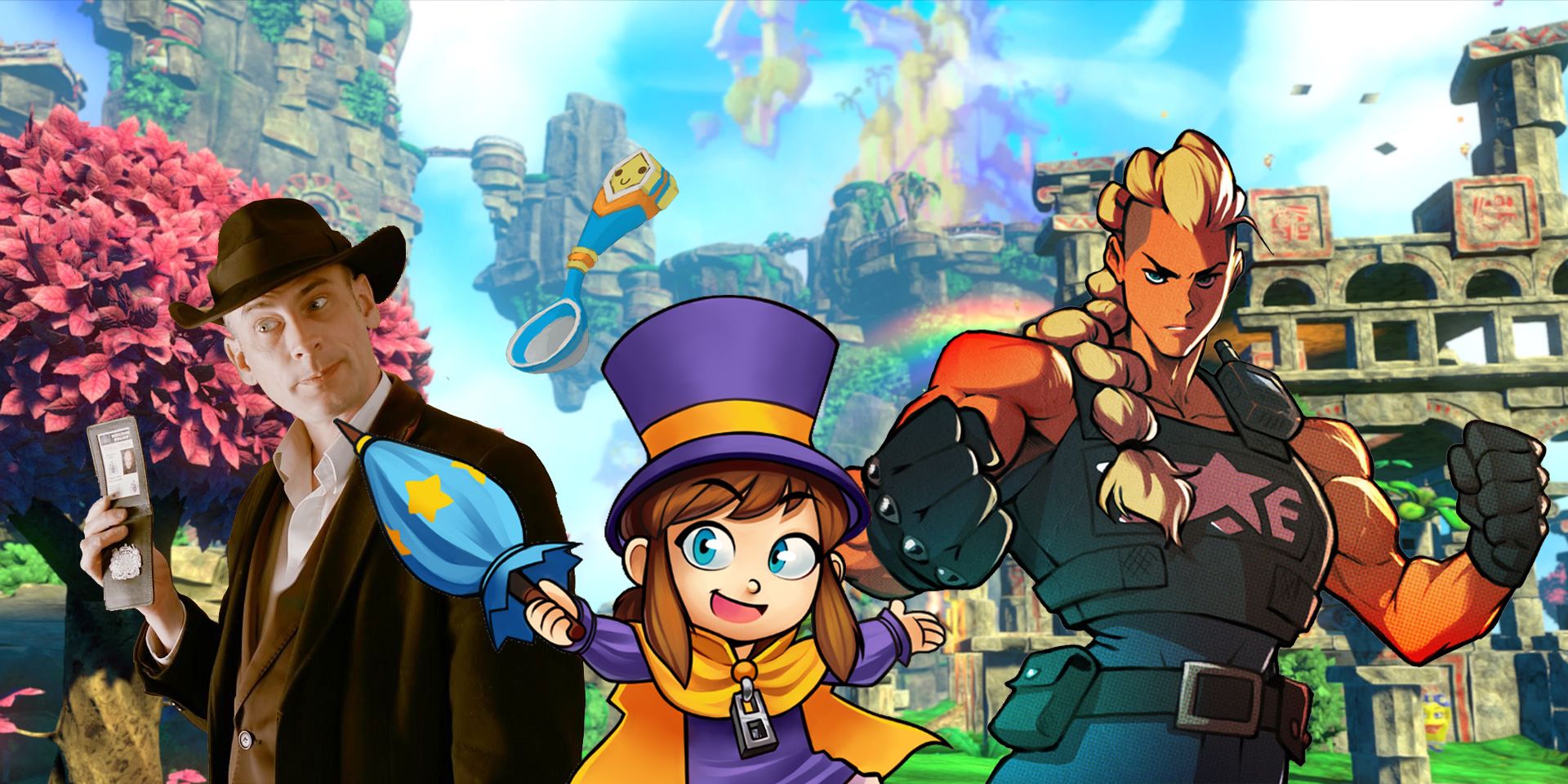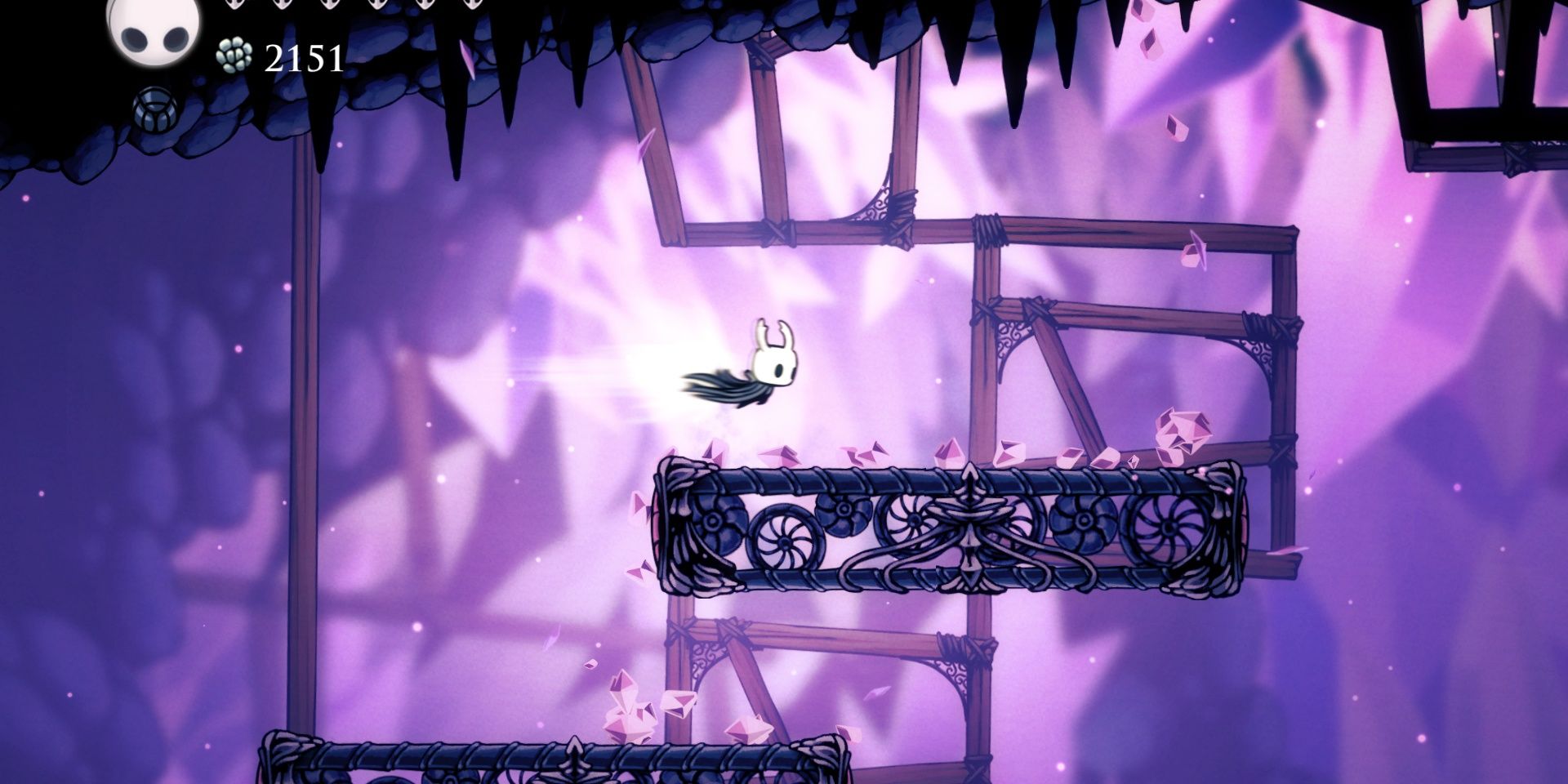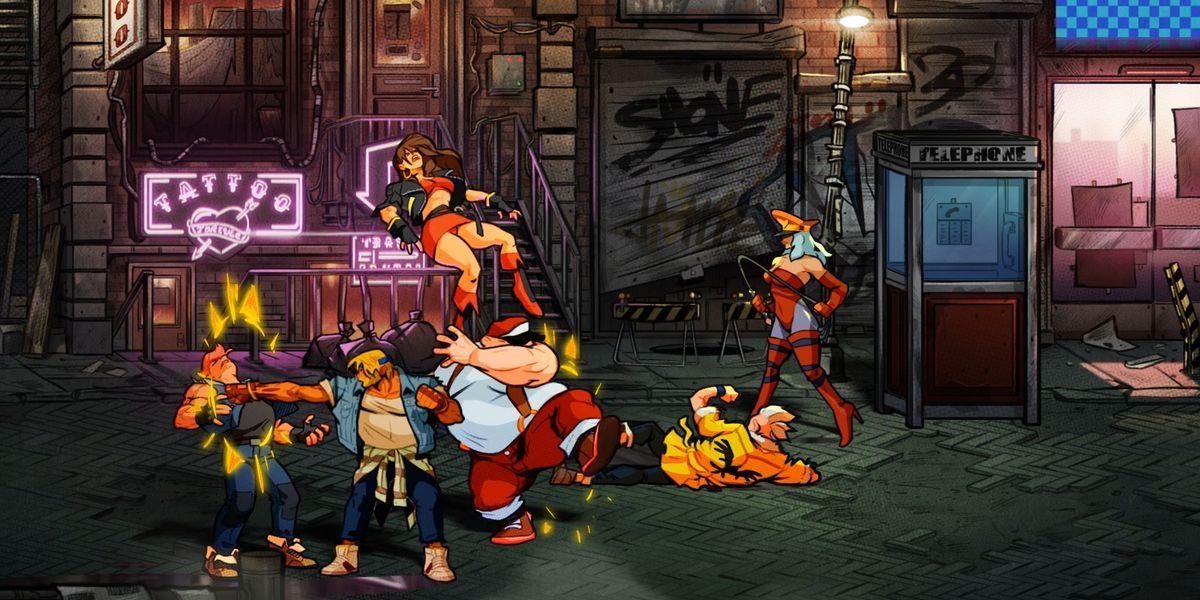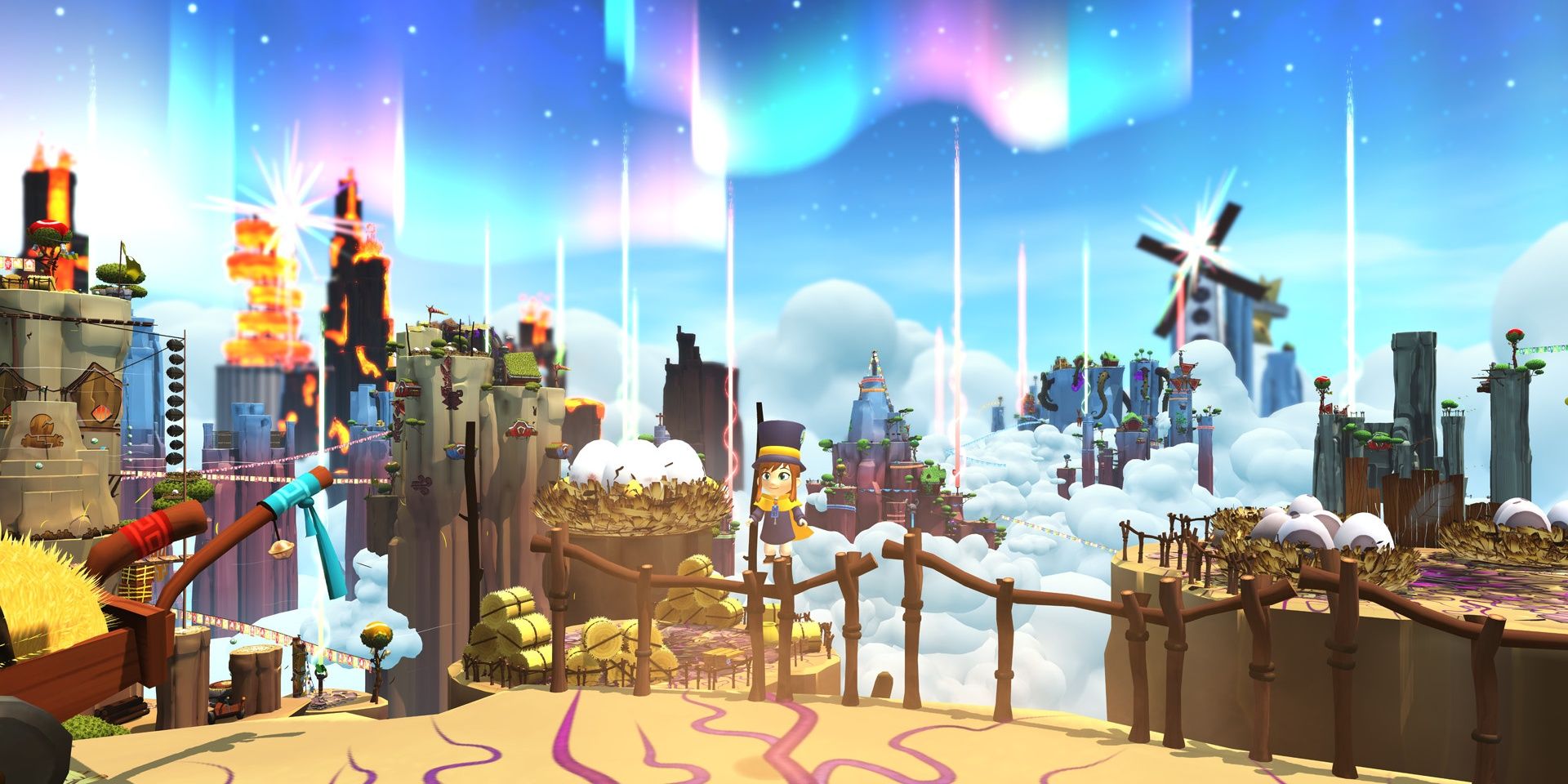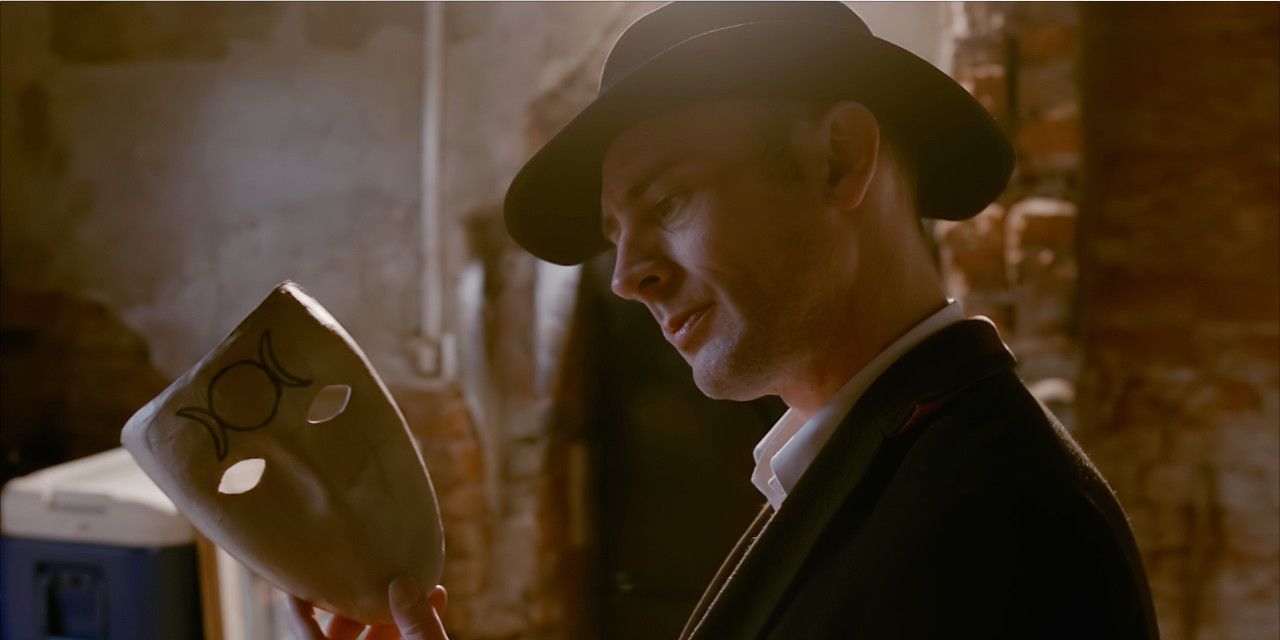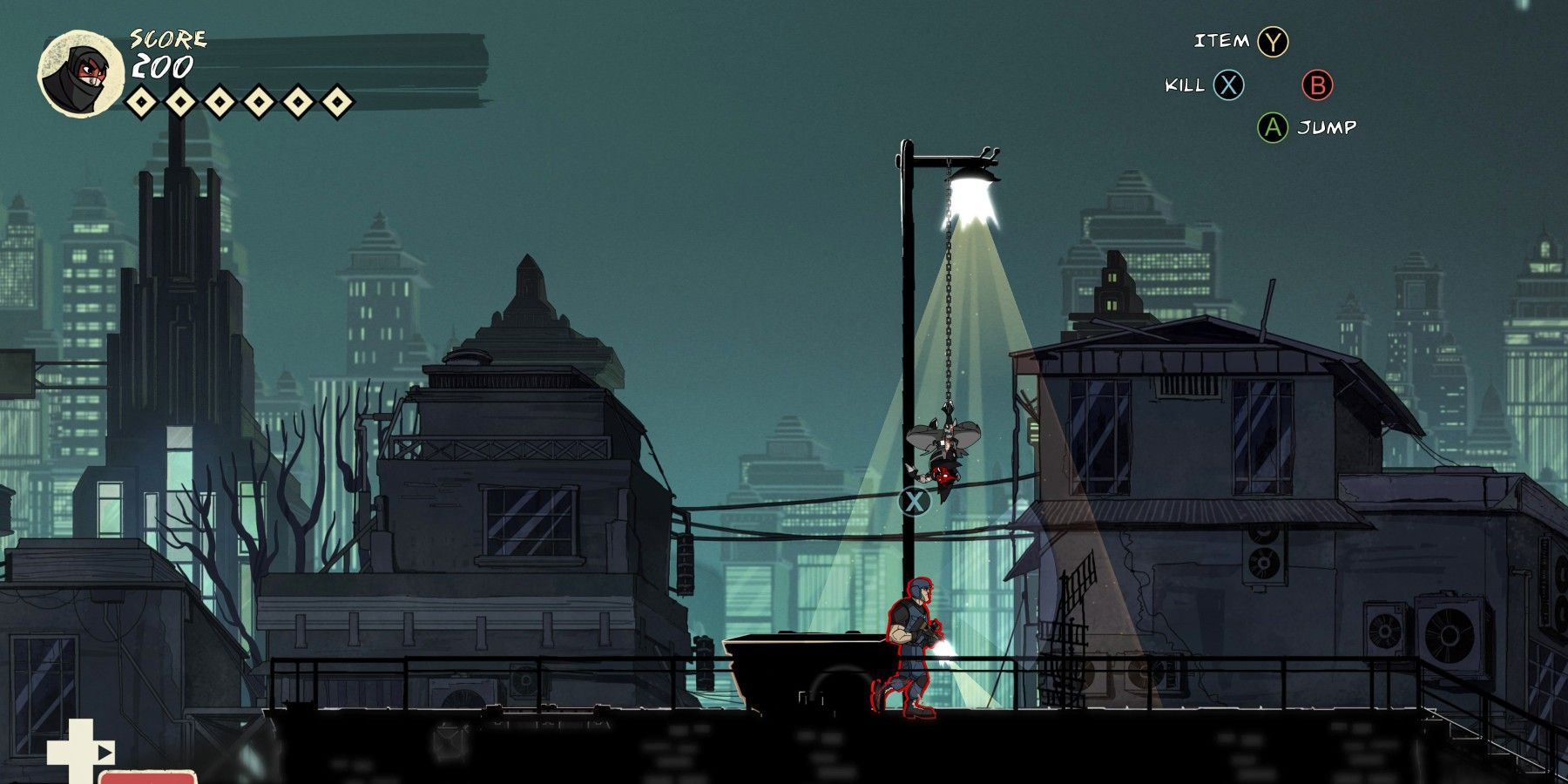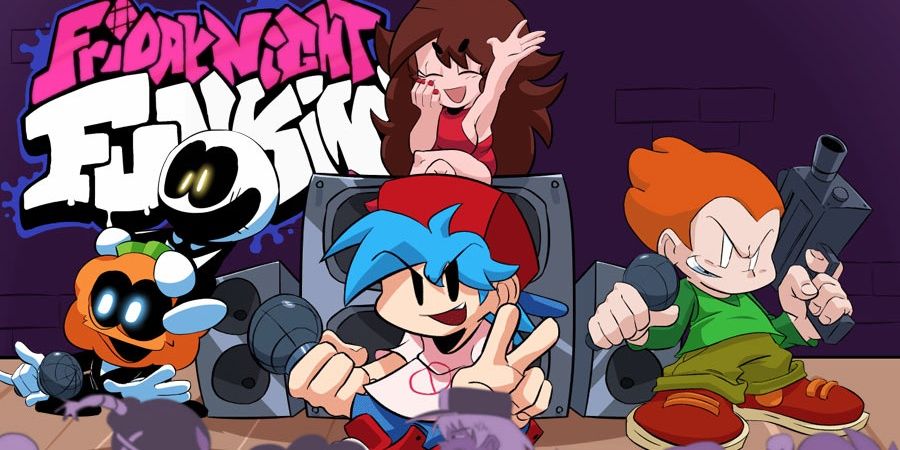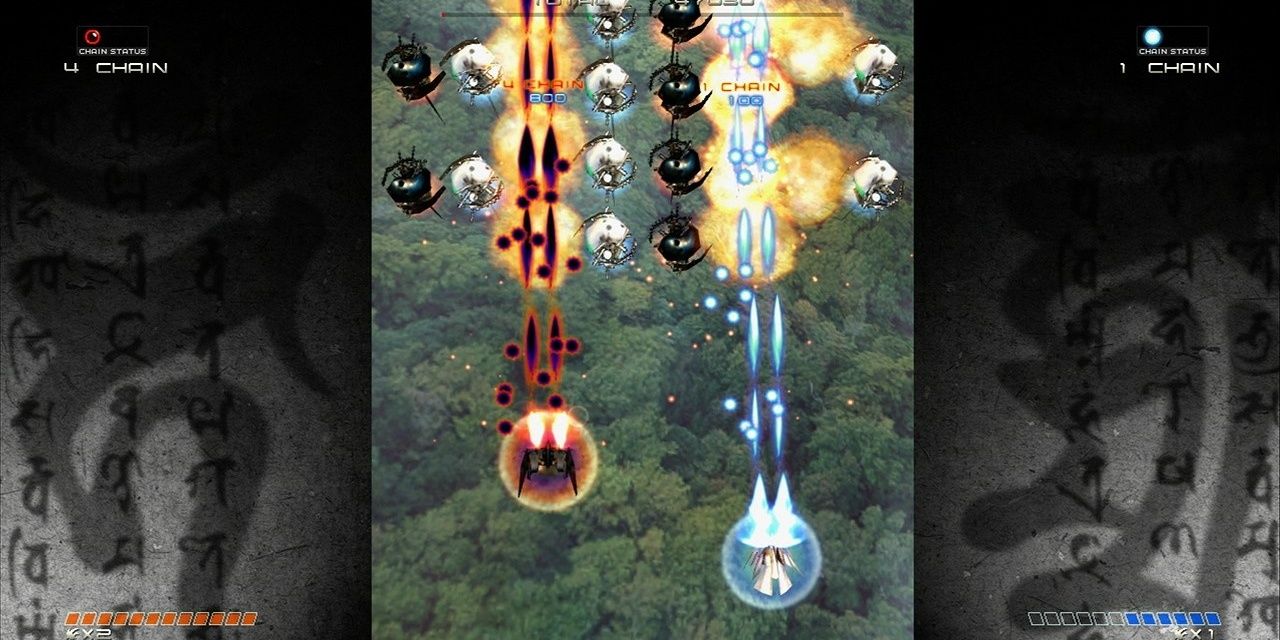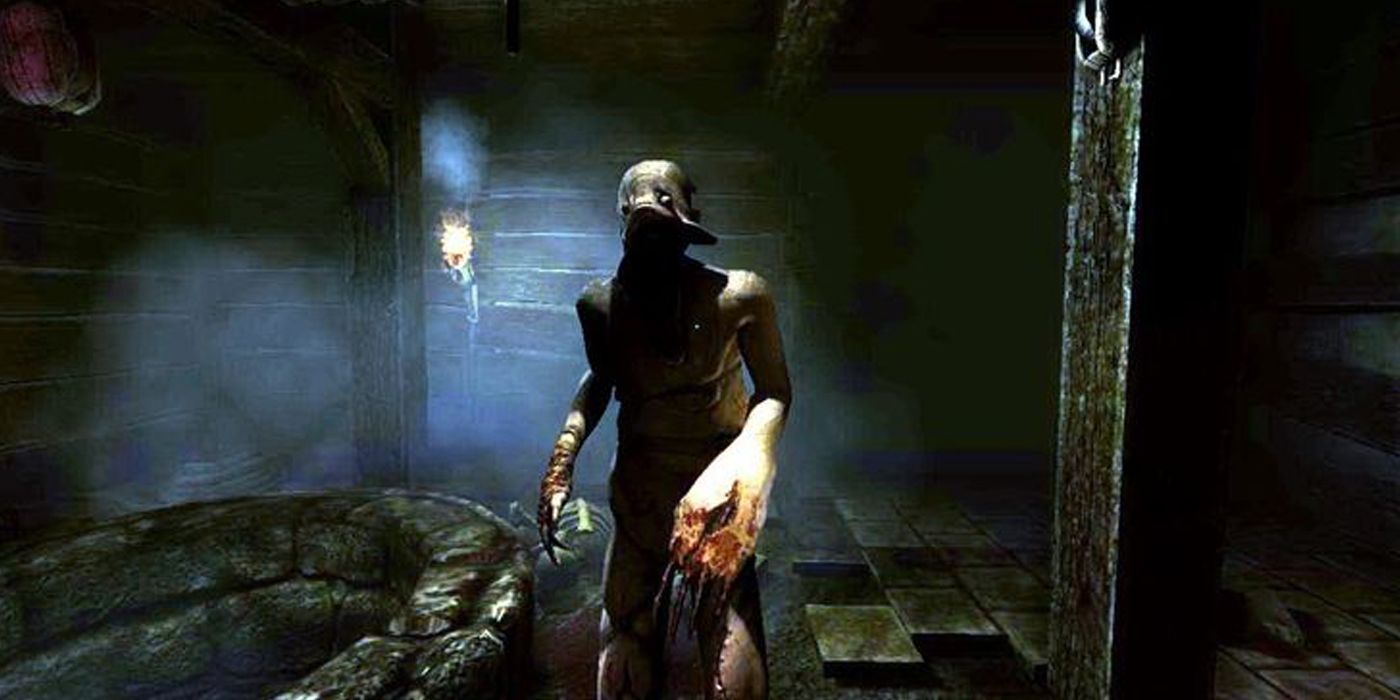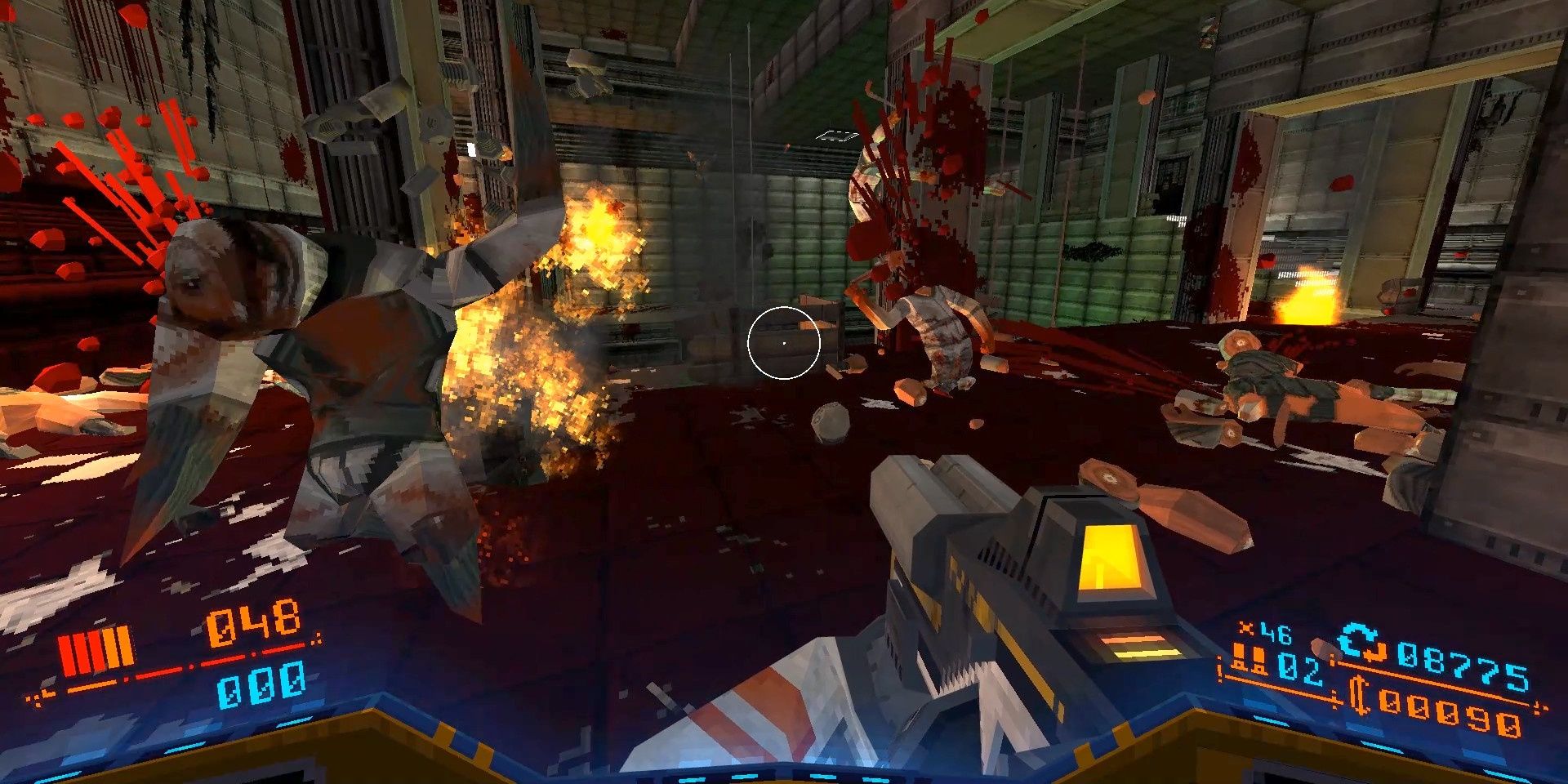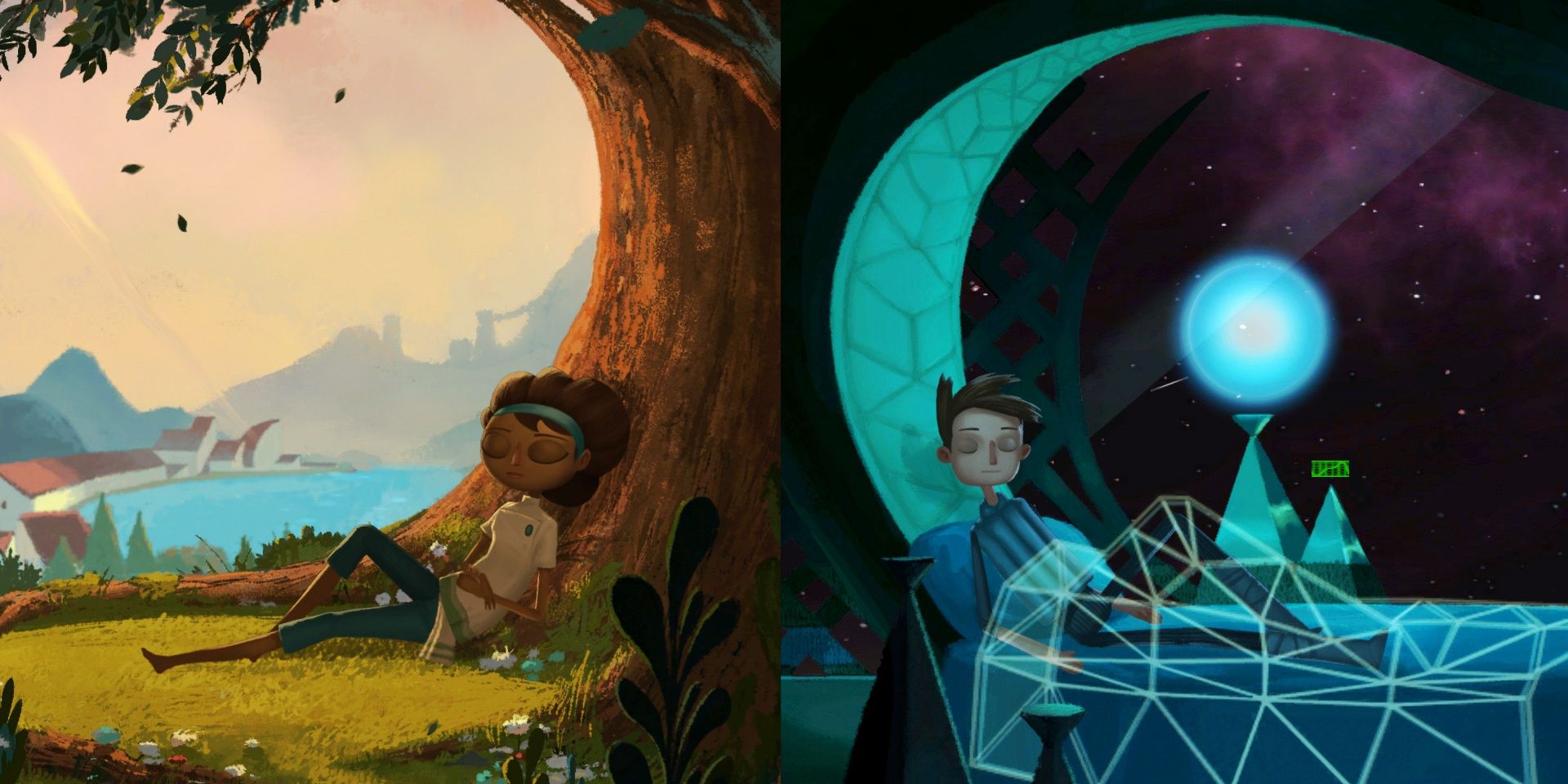Why do genres die? There really is no easy explanation because many factors can play a part. As the industry progresses, the expectations of consumers change, leading many types of titles to unfortunately go extinct. However, sometimes the execs calling the shots will sometimes just arbitrarily decide that a certain genre is dead regardless of sales numbers or data that contradicts that assertion.
Whatever the reason, independent developers can be relied on to resurrect the kinds of games that have laid dormant for too long in the industry. These are the genres that the indie scene rescued when AAA publishers were unwilling to take the risk.
10 Fans Rediscoved Metroidvanias Through Hollow Knight And Bloodstained
A portmanteau of Metroid and Castlevania, metroidvania titles gave players a large interconnected 2D world to explore. Metroid Dread's brief cancellation and Konami's treatment of Castlevania seemed to be the catalyst for the boom of such titles in the indie scene. Guacamelee, Axiom Verge, Hollow Knight, and Bloodstained Ritual of the Night gave players the sense of discovery and atmosphere that they had missed.
While Konami has essentially driven a stake through the heart of Castlevania, Nintendo apparently saw that there was a market for this genre and released Metroid Dread for the Nintendo Switch to critical acclaim.
9 Digital Distribution Brought Beat 'em Ups Back Into The Fight
Long before one-on-one fighting games such as Street Fighter, beat 'em ups ruled the arcades. Kung Fu Master laid the foundation while Double Dragon formed the blueprint. From there, countless classics would emerge like Capcom's Final Fight and the immensely popular Teenage Mutant Ninja Turtles titles from Konami.
However, with the decline of arcades and the rise of 3D, the genre morphed into hack and slash titles with old school efforts being left behind. Thankfully, digital distribution gave indie developers the means to rekindle those old memories with Castle Crashers, River City Girls, and even a new Streets of Rage.
8 Collect-a-thon Platformers Jumped Back Into The Market
During the sixth and seventh generation of gaming consoles, collect-a-thon platformers were everywhere. The N64 had the likes of Mario, Banjo, and Conker, while the PlayStation had Crash, Spyro, and Ape Escape. However, the transition to HD consoles saw a decrease in games of this ilk.
Playtonic's Yooka Laylee attempted to fill the void but fell short due to its inability to jettison elements of Banjo that had not aged well, such as the quiz sections and its obtuse puzzle design. Conversely, Gear for Breakfast's A Hat in Time was exactly the retro throwback that fans had been waiting for.
7 Her Story and Contradiction Brought FMV Back To Gaming
The introduction of CD technology brought about a wave of games that utilized Full Motion Video (or FMV.) Graphic adventure titles such as The 7th Guest and Myst were some of the earliest games to incorporate live-action actors against CG backgrounds.
Many of the titles that would follow were simply terrible interactive movies that lacked any sort of gameplay or player agency. However, some decent titles utilized FMV, such as Under a Killing Moon and The Beast Within. Games like Her Story and Contradiction Spot the Liar cropped up long after many had declared the genre dead.
6 Stealth Games Disappeared Until Gunpoint And Mark of The Ninja
Hideo Kojima's Metal Gear deviated from action games of the time by encouraging players to avoid getting detected and sneaking around. Looking Glass Studios' Thief series allowed players to channel their inner Robin Hood as they relieved the decadent royals of their loot in wide-open areas.
Unfortunately, like the sneaks that the players controlled, games of this type simply disappeared from the marketplace. Sure, there may be big-budget games that have mandatory stealth sequences, but games entirely dedicated to sneaking around and avoiding direct conflict were relegated to indie titles such as Gunpoint and Mark of the Ninja.
5 Rhythm Games Went Silent
The 32-bit era saw the birth of brand new genres such as rhythm games. Quirky franchises such as Parappa the Rapper and Bust A Groove brought the genre into prominence and faded away to make room for Harmonix's Guitar Hero and Rockband series.
Following the financial disaster of DJ Hero and the diminishing returns of Activision's aforementioned Guitar Hero franchise, music-based rhythm games from AAA studios started to go silent. However, as with the music industry, the indie scene saw small releases that blew into popularity with titles such as Crypt of the Necrodancer and Friday Night Funkin'.
4 Bullet Hell Shooters Flew Back Into The Scene
In the heydays of the arcade, vertical shooters were everywhere. Space Invaders took the world by storm in its initial 1979 release, spawning loads and loads of copycats. Namco refined the formula with Galaxian and Galaga while Capcom and Konami took flight with 1942 and Gradius, respectively.
Eventually, the bullet hell genre emerged with games that featured an insane amount of projectiles, such as Treasure's Radiant Silvergun and Ikaruga. However, the death of arcades led to the decrease in the high octane shoot 'em ups that once populated them. Indie games such as Furi, Cuphead, and Enter the Gungeon made sure players kept that trigger finger ready.
3 Indie Efforts Such As Amnesia Made Survival Horror Games Scary Again
With the advent of 3D gaming came survival horror games that aimed to frighten players by providing them with malevolent forces, limited resources, and an eerie atmosphere.
Eventually, the companies that helped popularize the genre, such as Capcom and Konami, started to deviate from their own horror franchises. Resident Evil became more action-focused, while Silent Hill became outsourced to developers who stripped the series of any subtlety or psychological horror. However, indie developers brought back the feeling of helplessness and fear that had been absent for too long with titles like Frictional Games' Amnesia: the Dark Descent.
2 Old School First-Person Shooters Blasted Onto The Indie Scene
First-person shooters such as the Call of Duty games have gotten flack for being dull brown and grey linear corridor affairs, but the genre used to be much more outlandish and high octane with titles such as Duke Nukem 3D and Quake.
During the eighth generation, FPS games got slower, considerably more linear, and more military-focused. The shuttering of Free Radical led to the end of the Timesplitters series, and Rare's Perfect Dark Zero wasn't quite the comeback that fans were waiting for. However, games like Strafe and Dusk were deliberate throwbacks to an era when shooters were faster and crazier.
1 Reports Of Graphic Adventures' Death Were Greatly Exaggerated
Adventure games once thrived on the PC, but when consoles went to 3D, the market disappeared. After LucasArts canceled Sam & Max, they shuttered their adventure games division, leading to the formation of several different companies such as Telltale Games. The studio proceeded to make the kinds of games their former home had deemed unprofitable, such as the critically and commercially successful Walking Dead and The Wolf Among Us.
When no AAA publisher would dare take the risk, fans bankrolled Tim Schafer's grand return to the genre that made him famous by donating 3 million dollars to Broken Age's Kickstarter campaign.

